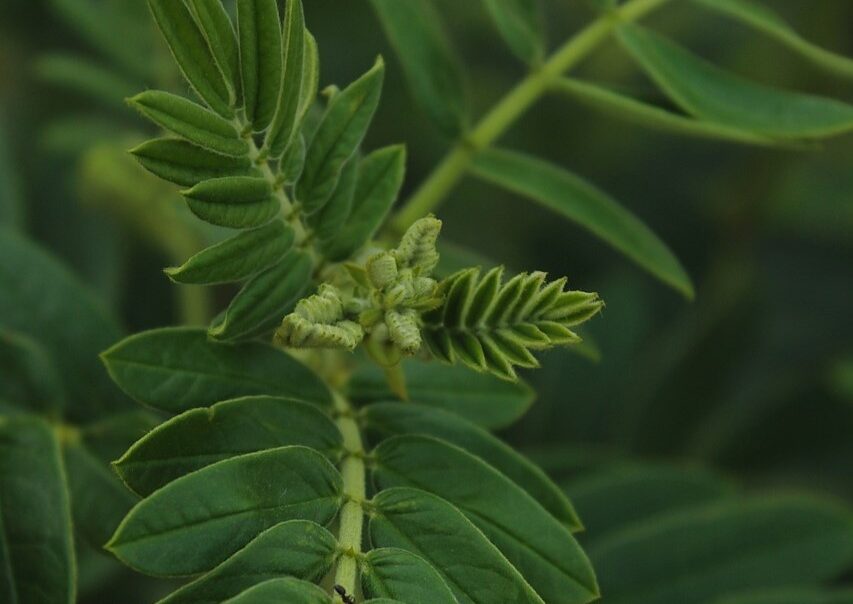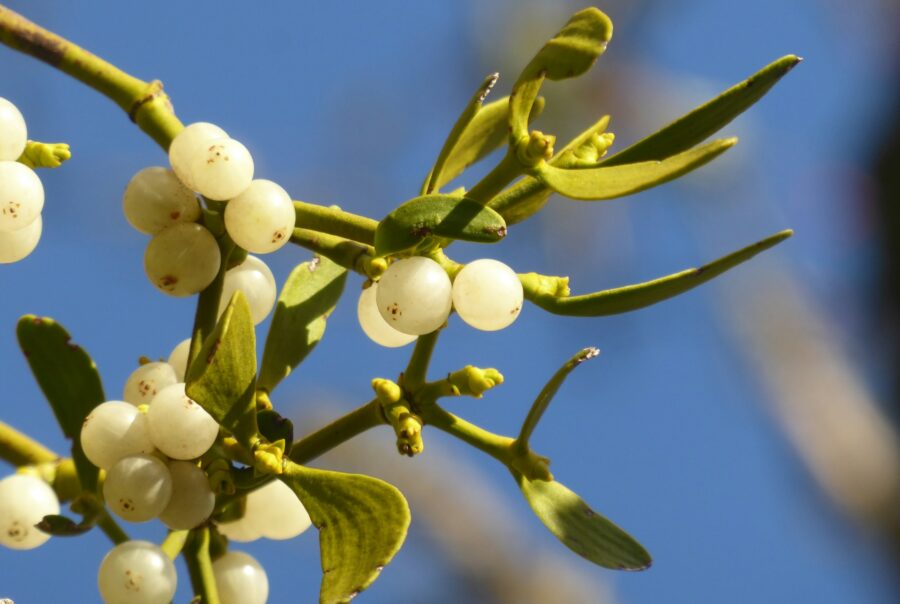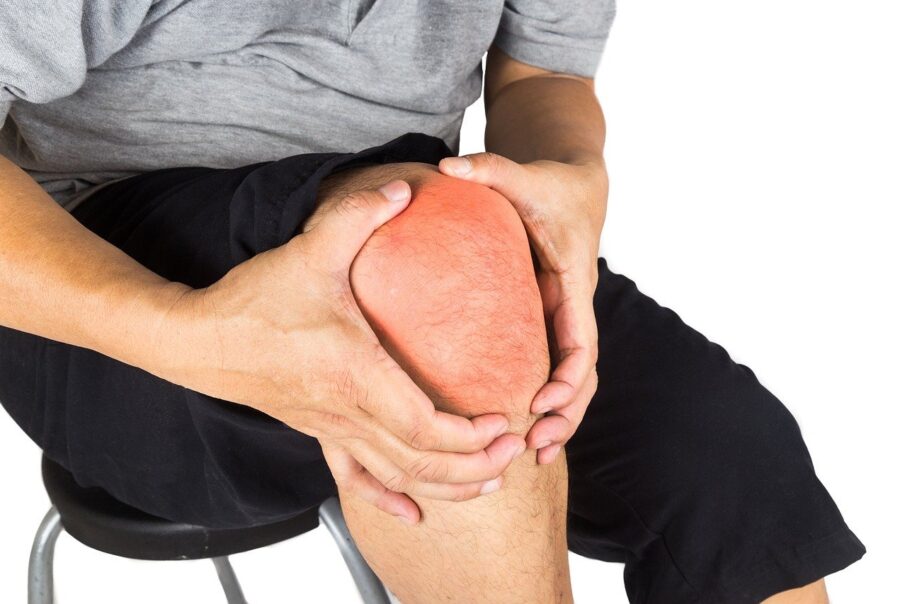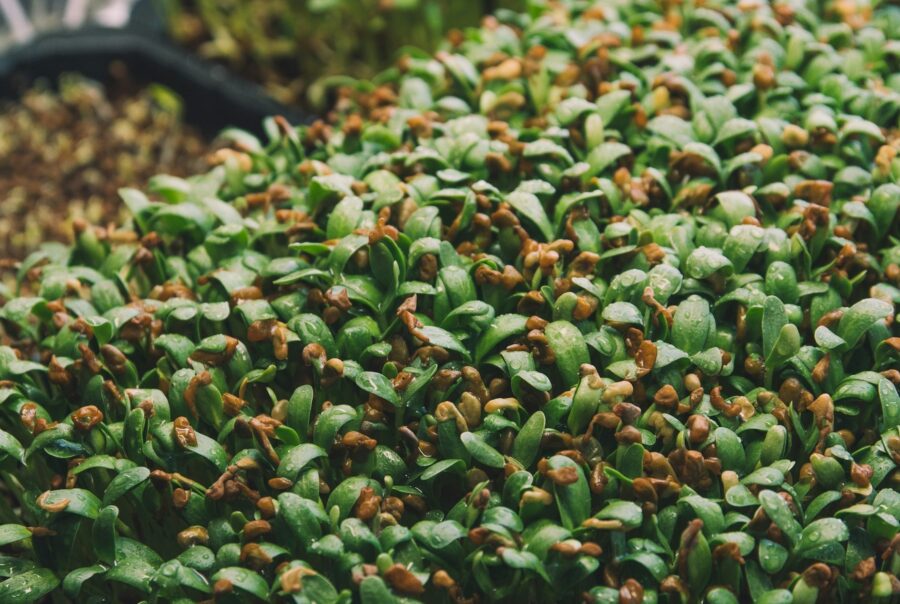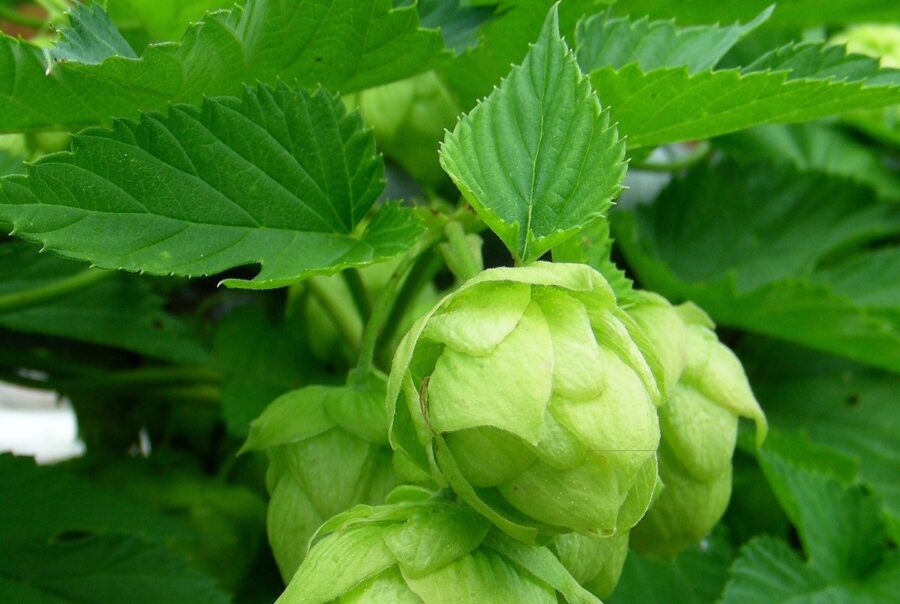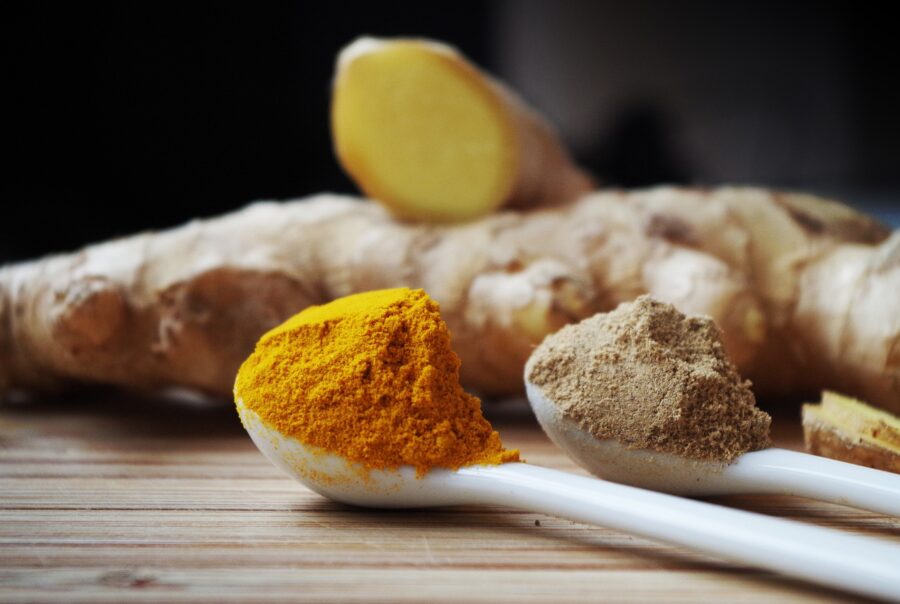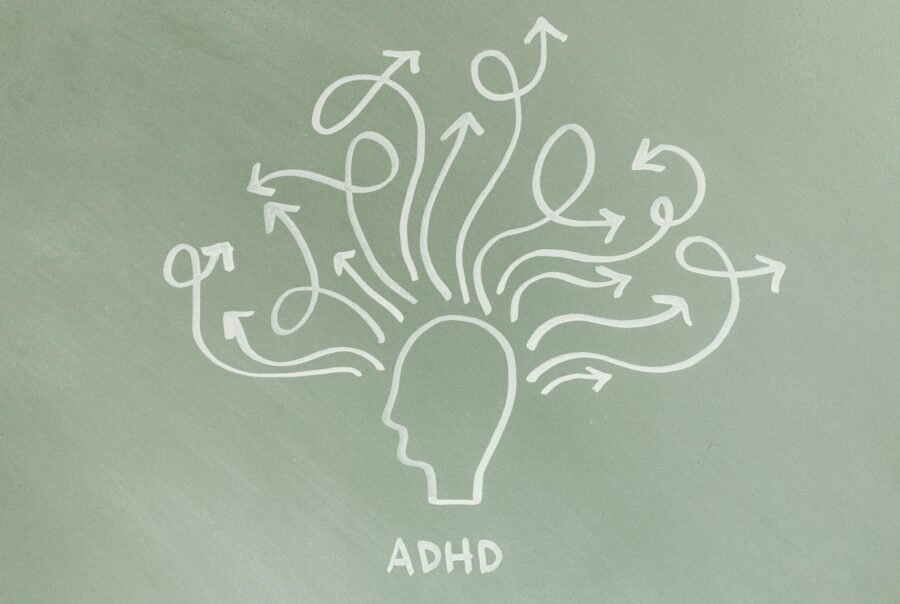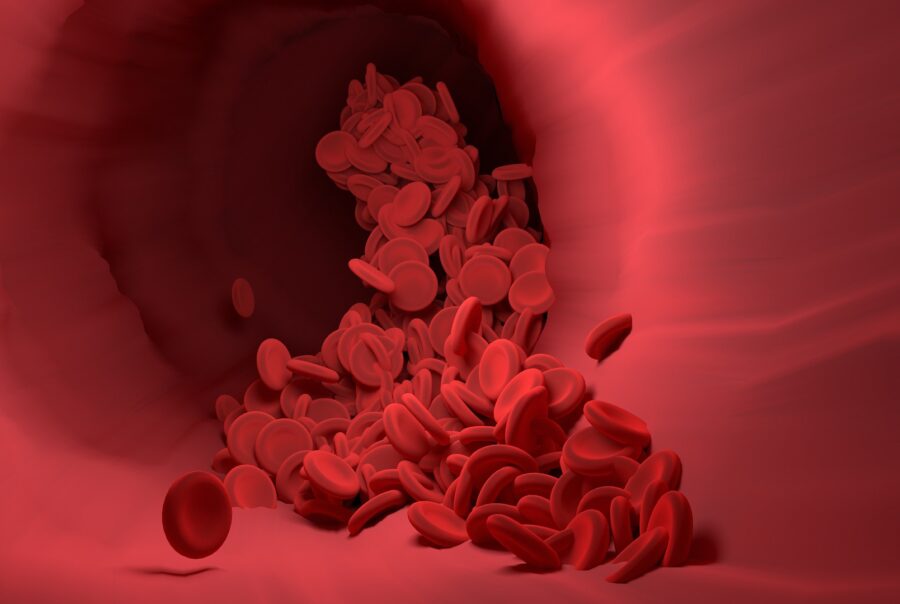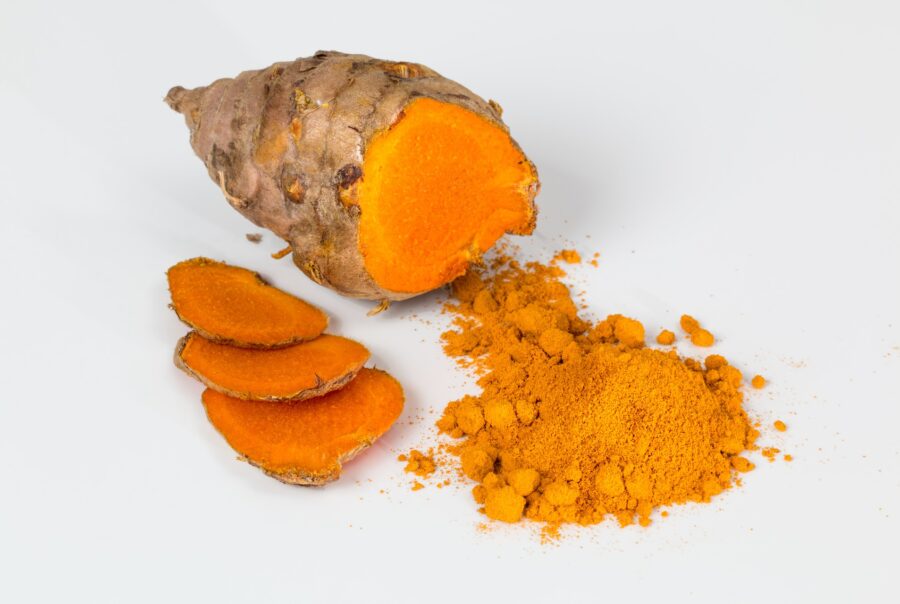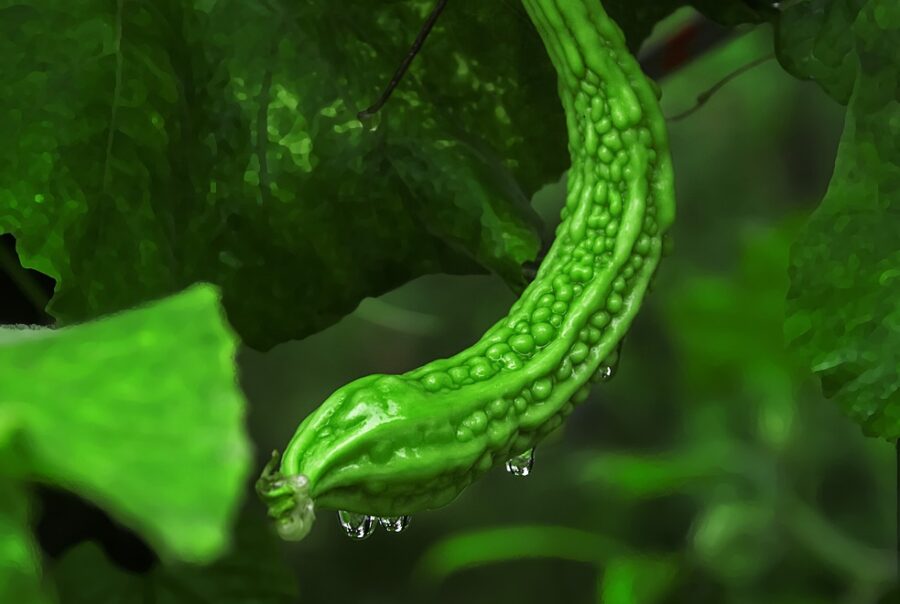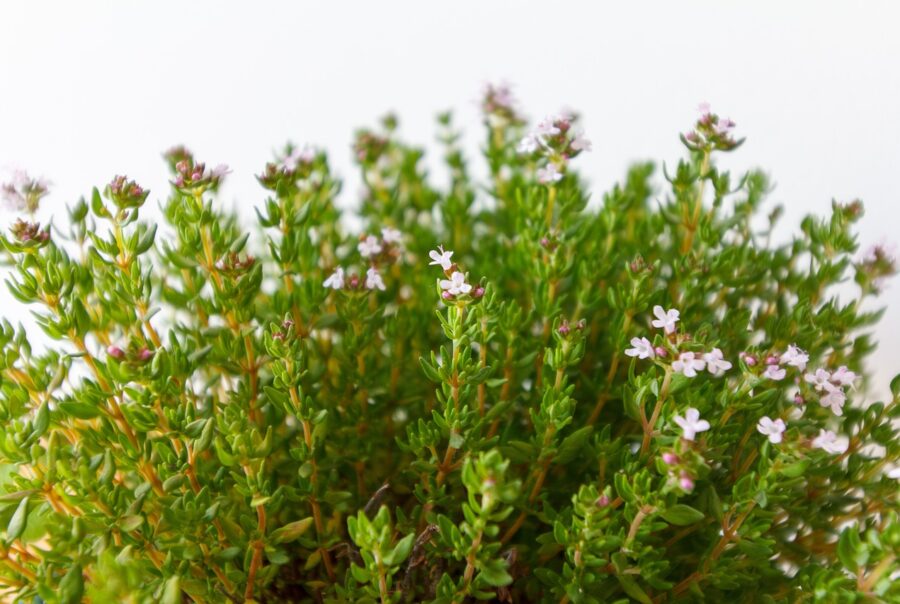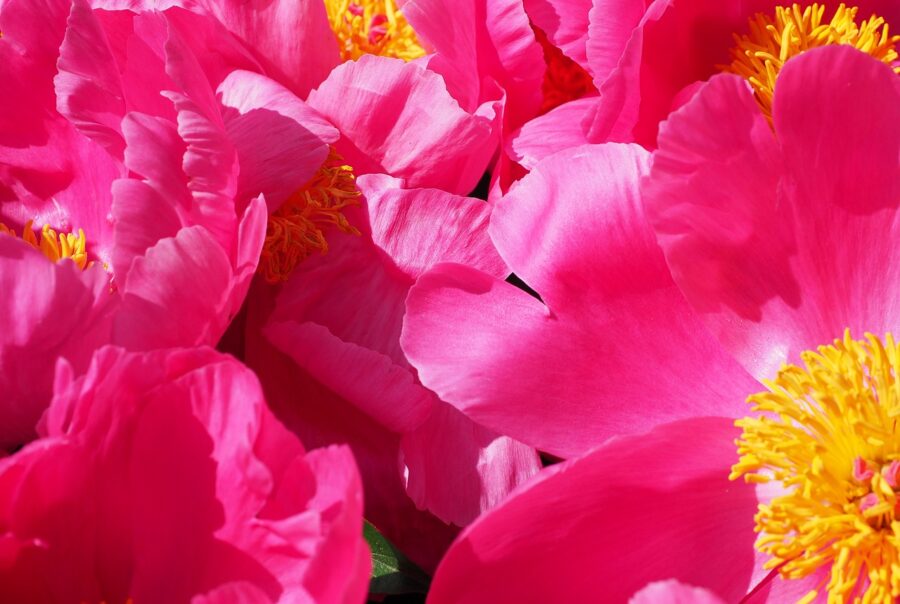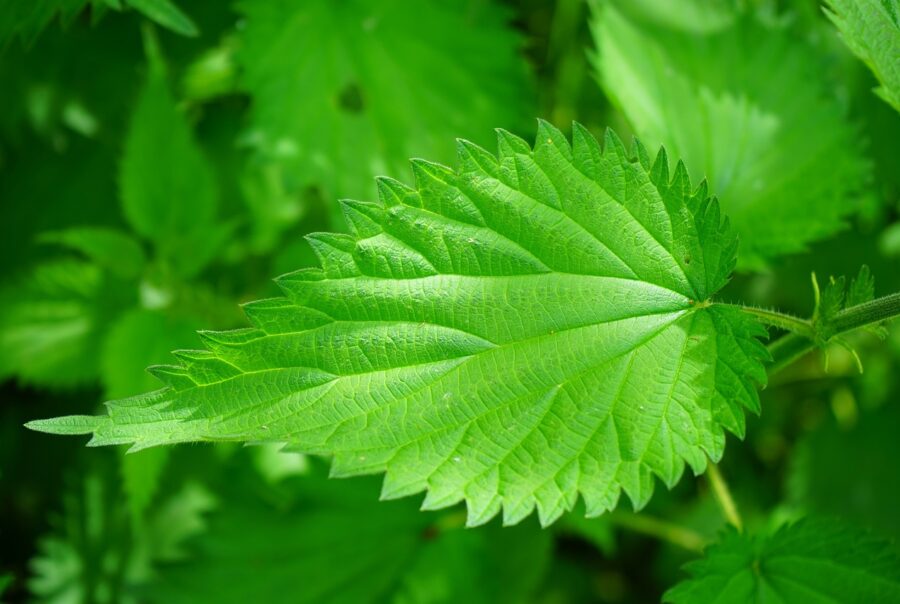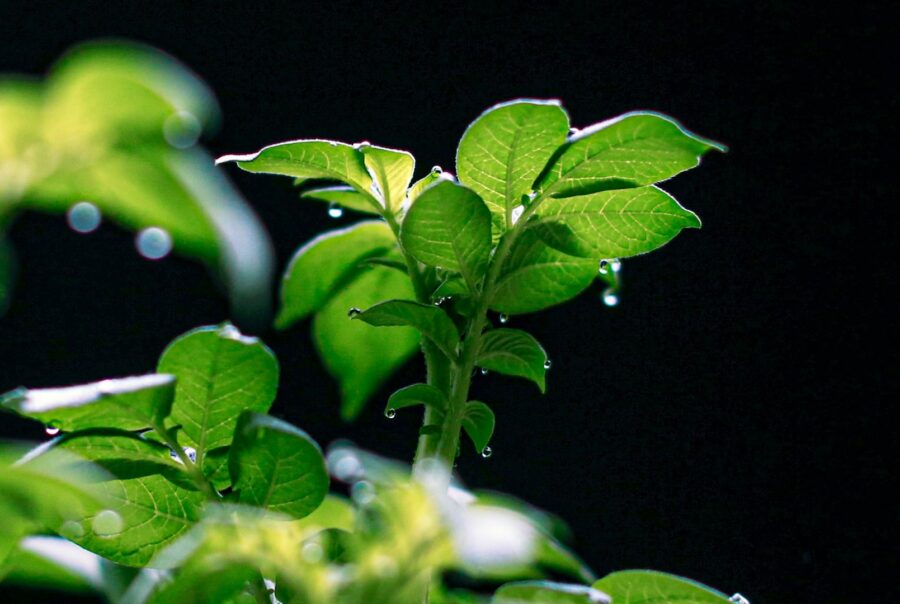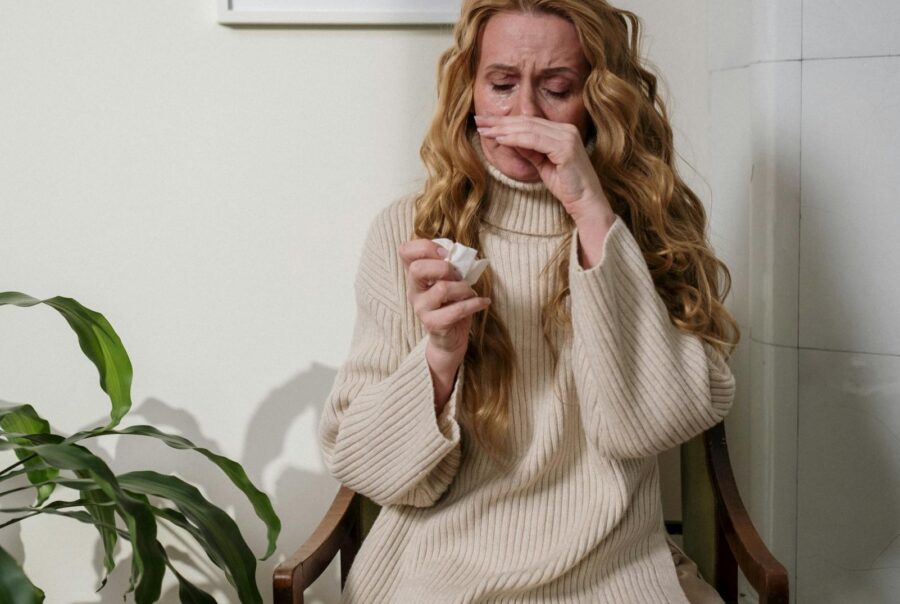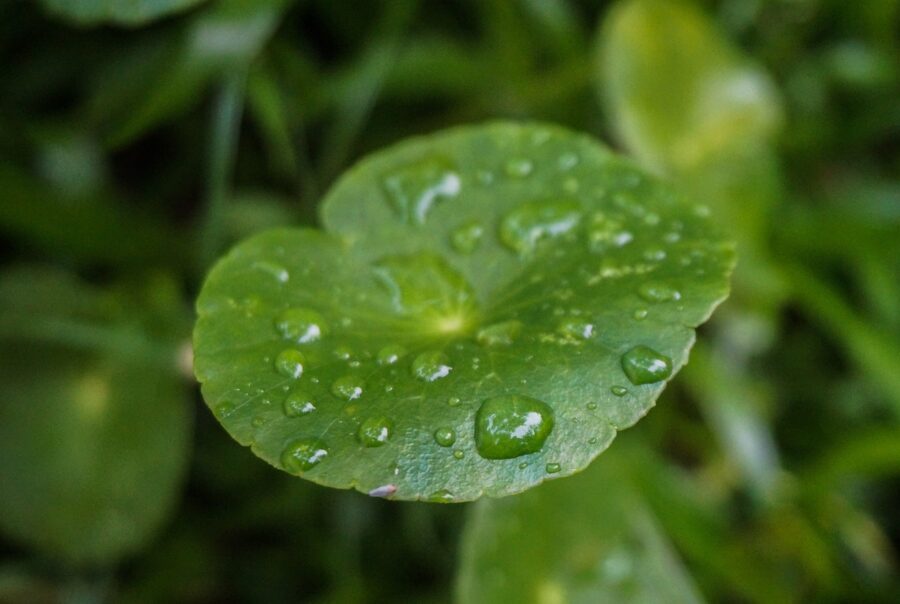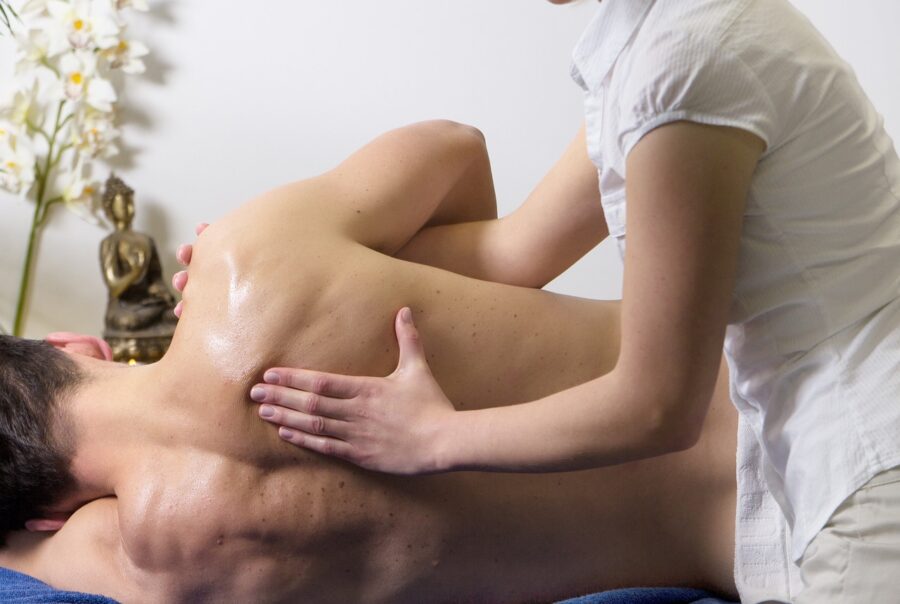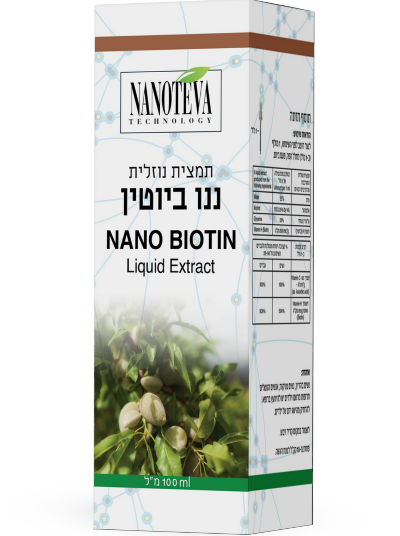קמומיל Matricaria recutita
פעילות עיקרית
כבד, הפחתת רמת כולסטרול וטריגליצרידים
שימושים עיקריים
דלקת הקיבה (גסטריטיס), כיב פפטי (אולקוס), תסמונת המעי הרגיז (IBS).
בשימוש במוצרי ננו טבע: רטבוליקס
השפעה ידועה בספרות המקצועית
מטפל בפציעות (חיצוני), מייזע, מפיג גזים, מקל על גרד וגירוי של העור (חיצוני), מרגיע, נוגד דלקת, נוגד עווית, נוגד קרישה.
שימושים משניים
אי-שקט, בחילות, גיהוקים ושיהוקים, גירוי ואדמומיות בעיניים, גרד וגירויים בעור (חיצוני), דלקת המעי הגס (קוליטיס), דלקת המעי הדק (מחלת קרוהן), דלקת עור אטופית (אטופיק דרמטיטיס), הקאות, זיהומים אקוטיים במערכת העיכול, חולשת מערכת העיכול, חוסר תיאבון (אנורקסיה), כאבי בטן עוויתיים (Colic), כוויות (חיצוני), מחלות מעיים דלקתיות (IBD), נדודי שינה (אינסומניה), פציעות (חיצוני), צרבת, קשיי עיכול עם גזים, שלשול (כרוני).
מחקרים
לשמן הנדיף אכן יש פעילות אנטי דלקתית בשימוש חיצוני(11) ופנימי. בעבר ייחסו את עיקר ההשפעה האנטי דלקתית של הצמח לפעילות ה-CAMAZULENE, הנמצא בשמן הנדיף. אולם מחקרים חדשים מראים כי לפעילות ה- BISABOLOL וה- APIGENIN (חומר מסיס מים) חשיבות מרובה אף יותר(12). למעשה הוכח, כי APIGENIN הוא בעל הפעילות האנטי דלקתית החזקה ביותר.(13,14)
מחקר אחר, שבחן פעילות נוגדת עווית, מצא השפעה מהותית לחומרים ALPHA-BISABOLOL (-) ו- BISABOLOL OXIDES A,B. השמן הנדיף היה בעל ההשפעה הנמוכה ביותר, ואילו APIGENIN היה בעל ההשפעה החזקה ביותר(15).
ניתן לומר כי כמו במקרים רבים נוספים, הפעילות המשולבת של כלל מרכיבי הצמח גדולה יותר מפעילות כל מרכיב בפני עצמו.בניסויים שנערכו בבעלי-חיים הוכחה תמצית קמומיל כמגנה מפני כיבים. המרכיבים BISABOLOL ו- ׂALPHA-BISABOLOL נמצאו כבעלי פעילות זהה. BISABOLOL זירז החלמה של כיבים(20).
במחקר מבוקר היטב, שנערך על 79 ילדים שסבלו משלשולים אקוטיים, נמצא כי תמצית (extract) של הצמח, יחד עם פקטין תפוחים, הקלה על התסמינים, האריכה את משך הזמן בין השלשולים והראתה שיפור מתמיד(21)
במספר מחקרים שנערכו בשיטות שונות, חלקם במעבדה על רקמות של חיות ואנשים וחלקם בחיות, נמצא כי אפיגנין מעכב היווצרות תאים סרטניים.(22)
חליטת קמומיל הראתה פעילות נוגדת חמצון משמעותית בניסוי(23) ברקמה החיה.
מיצוי של קמומיל הגביר היווצרות של תאי T בבדיקות דם של אנשים בעלי חולשה חיסונית.(24)
- Foster, S. Chamomile, Botanical Series, No. 307. American Botanical Council, Austin, Texas, 1991.
- Savage, F. G. The Flora and Folk Lore of Shakespeare, Stratford-on-Avon, Shakespeare Press, 1923.
- Culpeper, N, Culpeper’s complete herbal. England 1600’s
- Weiss RF, Herbal Medicine, Beaconsfield Arcanum, Bucks, England, 1988
- Mann, C. and E.J. Staba. 1986. The Chemistry, Pharmacology, and Commercial Formulations of Chamomile. In L. E. Craker and J. E. Simon, eds. Herbs, Spices, and Medicinal Plants: Recent Advances in Botany, Horticulture, and Pharmacology. Vol. 1. Phoenix, AZ: Oryx Press.
- Della Loggia R. 24th International Symposium on Essential Oils, Berlin, 1993.
- Ammon HPT, Sabieraj J, Kaul R. Dtsch Apoth Ztg 1996.
- Della Loggia R, Carle R, Sosa S. et al. Planta Med 1990.
- Della Loggia R. Dtsch Apoth Ztg 1985.
- Achterath-Tuckermann U, Kunde R, Flaaskamp E. et al. Planta Med 1980.
- Holmes Peter , The Energetics of Western Herbs, Snow Lotus Press, 1997.
- Simon Mills, Kerry Bone, Principles and Practice of Phytotherapy, 2000.
- Von Beetz D, Cramer H, Melhorn HC. Derm Mschr 1971.
- Subiza J, Subiza JL, Hinojosa M, et al, Anaphylactic reaction after the ingestion of chamomile tea: a study of cross-reactivity with other composite pollens 1989.
- Szelenyi I, Isaac O, Theimer K, Pharmacological experiments with compounds of chamomile. III. Experimental studies of the ulceroprotective effect of chamomile, Planta Med, 1979.
- Weiss RF, Herbal Medicine, Beaconsfield Arcanum, Bucks, England 1988.
- De La Motte S, Bose-O`Reilly S, Heinisch M. et al. Arzneim-Forsch 1997.
- Birt DF, Mitchell D, Gold B, et al, 1997. 'Inhibition of ultraviolet light induced skin carcinogenesis in SKH-1 mice by apigenin, a plant flavonoid.' Anticancer Res. 17(1A): 85-91.
- Lepley DM, Li B, Birt DF, et al, 1996. 'The chemopreventive flavonoid apigenin induces G2/M arrest in keratinocytes.' Carcinogenesis. 17(11): 2367-75.
- Lepley DM, Pelling JC, 1997. 'Induction of p21/WAF1 and G1 cell-cycle arrest by the chemopreventive agent apigenin.' Mol-Carcinog. 19(2): 74-82.
- Wei H, Tye L, Bresnick, E, et al, 1990. 'Inhibitory effect of apigenin, a plant flavonoid, on epidermal orthinine decarboxylase and skin tumour production in mice.' Cancer Res. 50(3): 499-502.
Panes J, Gerritsen ME, Anderson DC, et al, 1996. 'Apigenin inhibits tumor necrosis factor-induced intercellular adhesion molecule-1 upregulation in vivo.' Microcirculation. 3(3): 279-86.
Sato F, Matsukawa Y, Matsumoto K, et al, 1994. 'Apigenin induces morphological differentiation and G2-M arrest in rat neuronal cells.' Biochem-Biophys-Res-Commun. 204(2): 578-84.
- Campos AM, Lissi EA, 1995, 'Evaluation of the antioxidant capacity of herbal teas by a procedure based on the bleaching of ABTS radical cations', Bol Soc Chil Quim, 40(4): 375-81.
- Kliachko LL, Ankhimova ES, Svitina NN, et al, 1994, 'The effect of medicinal herbs on lymphocyte rosette-forming function', Vestn-Otorinolaringol, Mar-Apr(2): 31-3.


